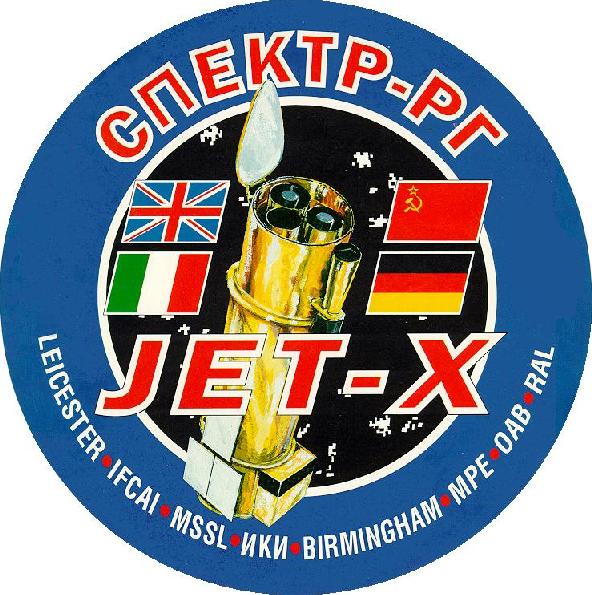

 |
 |
Jet-X at MSSL |
 |
Spectrum X-Gamma |
The astrophysical observatory SPECTR-RG is a joint space project of more than twelve countries being built under the leadership of the Space Research Institute (IKI) in Moscow (please see the SRG hopeage at IKI). SPECTR-RG carries two main instruments based on grazing incidence optics for X-ray astronomy: JET-X (0.3-10 keV) and SODART (0.2-25 keV using different detectors). Beside the X-ray band, the SPECTR-RG response extends toward the far-ultraviolet thanks to the FUVITA (91.2-120 nm) and TAUVEX (140-300 nm) telescopes and toward the hard X-rays thanks to the MART-LIME coded mask telescope (5-150 keV).
The main characteristics of SPECTR-RG are large collecting area X-ray mirrors combined with good angular (ranging from 20 arcsec to a few arcmin) and energy resolution (2 - 20 % at 7 keV, and 0.03 - 0.1% with the Bragg spectrometer) detectors. This, together with the capability of observing sources over an extremely large energy band, will enable varied and unique scientific programs to be carried out. The other important capability of SPECTR-RG is the ability of continuously monitoring the full sky (except for an area of about 4% of the sky around the sun) in the X-ray energy band 2-25 keV with 6 X-ray pinhole cameras (MOXE). From the existing catalogs, it is estimated that MOXE will monitor sources each day with a flux 2mCrab in the 2-10keV energy band. MOXE will also detect hundreds of gamma-ray bursts and locate them within an error box.
The SPECTR-RG observatory is scheduled for launch in late 1998. A Russian PROTON rocket will take the spacecraft on to a highly eccentric 4 days orbit with inclination 51.6 degrees. Initially, the apogee of the orbit will be 200000km, perigee 500km. Such an orbit will enable to perform virtually uninterrupted X-ray observations during three out of four days, when the spacecraft will be beyond the radiation belts. In two years the orbit perigee will increase to km, and observations will be possible over the entire SPECTR-RG orbit.
Spacecraft operations will be carried out from the Schelkovo tracking station in the Moscow district. Direct contacts between satellite and ground station will be performed once per day for a period of about 4 hours. A low speed telemetry channel (16 kbps) will be used for housekeeping data; science data will be telemetered at 1Mbps. The expected amount of raw scientific data from SPECTR-RG is Gb per day. The capacity of the on board memory is usually enough to store the data accumulated during 24 hours of observations (depending on the X-ray source count rates). The spacecraft is capable of observing up to 10 different targets per day, the repointings being performed automatically without direct contact with the ground station. The status of the instruments will be monitored by the instrument teams at the Quick Look Facility (QLF) located at Space Research Institute (IKI) in Moscow, where the telemetry will be transmitted from the ground station in near-real time.
Taken from the JET-X Announcement of Opportunity (draft) (for full document go here)The payload of Spectrum X-Gamma
Back to Jet-X Homepage at MSSL
Astrophysics
group Homepage
MSSL Homepage